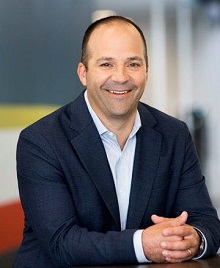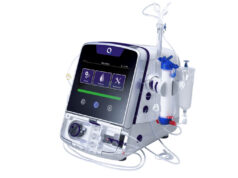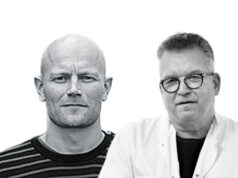
At this year’s EndoVascular Access meeting (EVA; 24–25 June, Patras, Greece), Michael Aragon—nephrologist and chief medical officer of Outset Medical—outlined existing benefits and barriers to home haemodialysis (HHD). “If we really want to look at how we are going to shape the future of dialysis, we need to think about the clinical outcomes that physicians are interested in, but also how to improve the patient experience [which is poor with in-centre dialysis],” he said.
HHD is associated with improved quality of life, reductions in dialysis recovery time and lower drug burden, he detailed, while the majority of comparative analyses also show that HHD tends to demonstrate better mortality outcomes.
According to Aragon, while surveyed nephrologists and dialysis nurses would strongly opt for HHD for themselves—particularly if transplant is not an option—barriers and biases need to be addressed before they are convinced it is the best option for patients.
The speaker also claimed physicians historically lack confidence that patients can administer their own therapy, which leads to their patients adopting similar biases. “Those of us that have done a lot of HHD know that is not necessarily true,” he added. “And, we have never [previously] had technologies designed specifically for patients in the home environment, historically making it very complex and difficult. Yet, technology has often facilitated solutions to some of the greatest challenges in healthcare.”
Here, Aragon noted that Outset’s Tablo haemodialysis system was specifically designed for patients and caregivers to carry out dialysis at home. He also informed the EVA audience that, as long as you have a drain line and power, you can do dialysis and create dialysate on demand. “In addition, it walks the patients through every step of every therapy,” Aragon said.
“So, when we look at the way ahead, to me, it is HHD,” he concluded. “It is patients caring for themselves with simplified technology, reducing the burden on the overall healthcare system. It is the ability for physicians finally to prescribe dialysis with flexibility; to look at a patient and ask: What is your residual urine output? What is your work schedule? How do I fit dialysis into your life as opposed to trying to fit your life into my dialysis schedule?”











